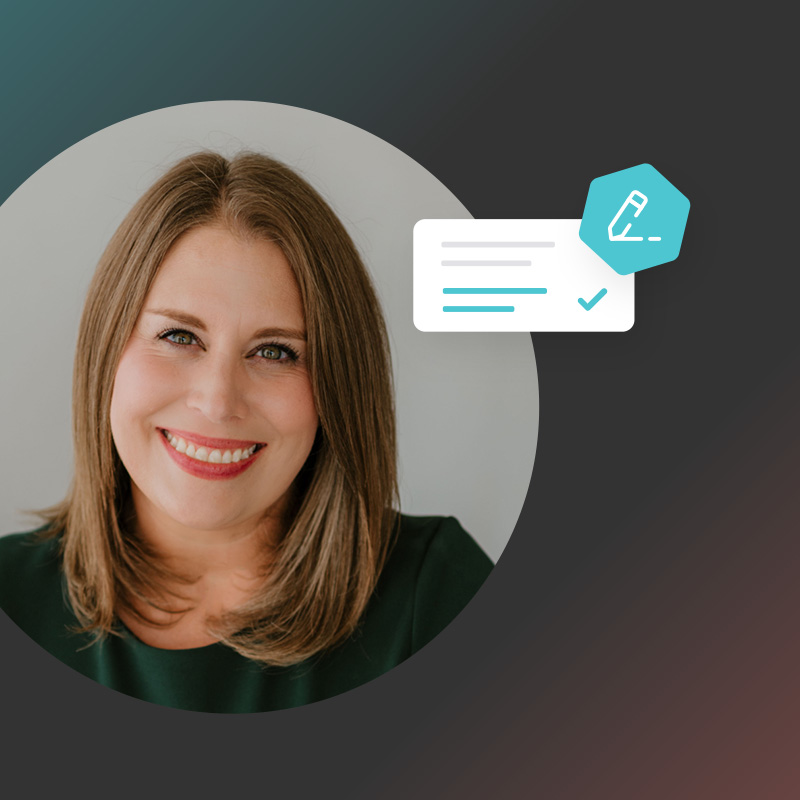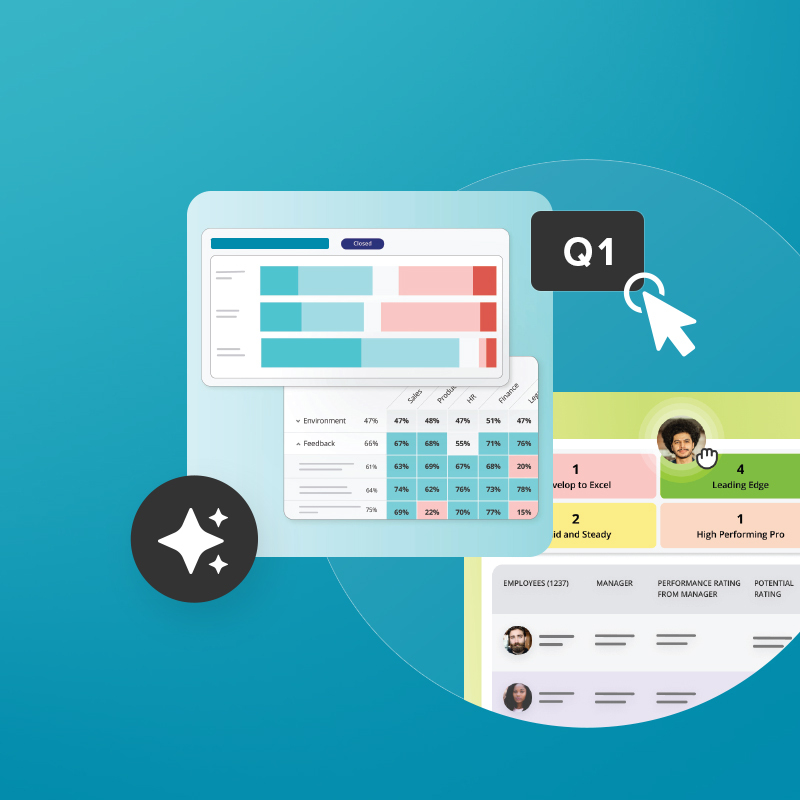Work is moving faster than the systems meant to support it. Managers are juggling shifting priorities and constant context switching, yet the conversations that shape performance still happen in rare, isolated moments. You feel the gap every day: The work evolves in real time, but the dialogue about that work doesn’t.
In her People Fundamentals webinar with Betterworks, leadership communication expert LeAnne Lagasse challenged HR leaders to reset that rhythm. Dynamic work demands continuous clarity, alignment, and feedback. With the right tools and communication, HR can redesign performance to happen in the flow of work, right where work actually happens.
Why traditional review cycles can’t keep up
For years, HR reacted to change. Leaders set priorities at the top. Your job was to cascade them down, manage the fallout, and hope engagement scores didn’t crater.
That era is over.
“We now sit at this place where we, as HR and people leaders, actually get to design for adaptability, resilience, and transformation in our organizations,” LeAnne said. “We have the ability to move from being perceived as just enforcing policies to then enabling performance across the organization.”
The shift is structural. You’re moving from annual reviews and episodic check-ins to continuous enablement. You’re aligning goals to the mission. You’re adjusting priorities as strategy evolves.

If your systems don’t enable your managers to deliver timely feedback, clear goals, and meaningful recognition, that’s a recipe for frustration and burnout, not high performance. “This is less a people manager problem and more a systems problem,” LeAnne said. “The systems that we have in our organization are not facilitating the kind of continuous conversations, continuous feedback, continuous listening in the flow of work that matters for our team members.”
How AI can help close the performance management gap
LeAnne shared a story that captured what many managers face: A hospital administrator needed to prepare for a difficult performance conversation. He had months of notes on one-on-one meetings, scattered observations, and unconnected feedback. Synthesizing it all would take an hour he didn’t have. Winging it risked missing the message entirely.
Together, he and LeAnne opened ChatGPT, pasted in the notes, and started prompting. The tool didn’t generate a script. It surfaced themes he couldn’t see on his own and helped him approach the conversation with more clarity and confidence. “It took fifteen minutes,” she said. “It felt more human, not less.”
That’s the opportunity in front of HR: AI doesn’t replace the conversation; it can strengthen it. In the webinar, LeAnne outlined three areas where AI can help close the performance gap:
- Better insight. Instead of learning what went wrong at the end of the quarter, AI can surface trends as they emerge: engagement dips, goal drift, shifting workloads, and more. You and your managers get earlier signals and can intervene sooner.
- Better goal alignment. AI can help employees see how their work connects to company priorities, and it can help managers adjust as strategy evolves without slowing the team down.
- More effective coaching. During the demo, Betterworks showed how AI flags unclear or biased phrasing in a manager’s draft feedback and offers more effective alternatives — with explanations. The manager still owns the message, but AI helps it land with clarity and care.
“Imagine a world where your AI tools are helping managers craft more compelling communication, to deliver hard messages with more emotional intelligence, to coach employees to grow, and to develop in a more effective way,” LeAnne said. “That is what is ahead of us in the people and the HR function if we embrace the tools.”
Craft a more positive narrative around change
Your employees feel the same tension you do. AI is equal parts exciting and unsettling. Some see the possibility of focusing on meaningful work. Others worry they’ll be replaced or surveilled. Your communication determines which narrative takes hold.
LeAnne said to start by acknowledging that this is a strange time, then lead with curiosity. Show your team what’s possible before you ask them to adopt it. One of her clients gave employees an assignment: Spend a week exploring how AI could reduce admin load in their roles. They came back with ideas, not resistance. “It didn’t feel fearful, it felt exploratory,” she said.
Anchor your messages to purpose, not efficiency. There’s a difference between “We’re implementing AI to increase productivity” and “We’re experimenting with AI to free you from admin work so you can focus on coaching.” The first message is clinical. The second is human. “That is the difference between an employee who’s going to feel likely shut down and an employee who feels like they’re a part of a bigger transformation story,” she said.
The organizations doing this well are using AI to drive engagement, retention, and performance. They’re replacing annual compliance exercises with continuous opportunities for growth.
Watch the full webinar on demand.
Redesign performance to happen in the flow of work


